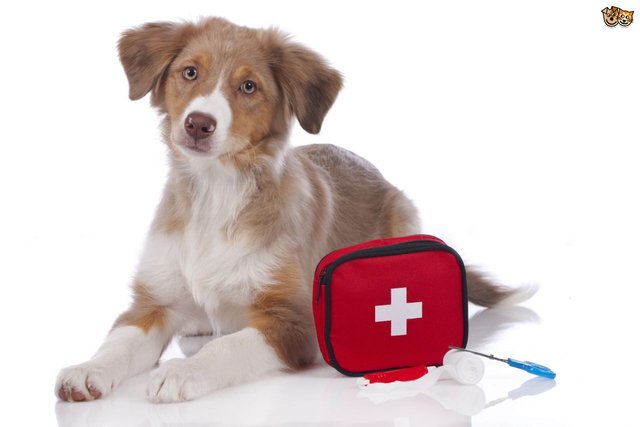Shock
Symptoms: weak pulse, shallow breathing, nervousness, dazed eyes.
Usually follows severe injury or extreme fright.
Keep animal restrained, warm and quiet.
If animal is unconscious, keep head level with rest of body.
Transport the pet immediately to a veterinarian.
What to do if your pet is not breathing
Checking a cat for breathing
Stay calm
If possible, have another person call the veterinarian while you help your pet.
Check to see if your pet is unconscious.
Open your pet's airway by gently grasping its tongue and pulling it forward (out of the mouth) until it is flat. Check the animal's throat to see if there are any foreign objects blocking the airway (see the section above on Choking)
Perform rescue breathing by closing your pet's mouth (hold it closed with your hand) and breathing with your mouth directly into its nose until you see the animal's chest expand. Once the chest expands, continue the rescue breathing once every 4 or 5 seconds.
What to do if your pet has no heartbeat
Do not begin chest compressions until you've secured an airway and started rescue breathing (see the section above, What to do if your pet is not breathing).
Gently lay your pet on its right side on a firm surface. The heart is located in the lower half of the chest on the left side, just behind the elbow of the front left leg. Place one hand underneath the pet's chest for support and place the other hand over the heart.
For dogs, press down gently on your pet's heart about one inch for medium-sized dogs; press harder for larger animals and with less force for smaller animals.
To massage the hearts of cats and other tiny pets, cradle your hand around the animal's chest so your thumb is on the left side of the chest and your fingers are on the right side of the chest, and compress the chest by squeezing it between your thumb and fingers.
Press down 80-120 times per minute for larger animals and 100-150 times per minute for smaller ones.
Don't perform rescue breathing and chest compressions at the same exact time; alternate the chest compressions with the rescue breaths, or work as a team with another person so one person performs chest compressions for 4-5 seconds and stops long enough to allow the other person to give one rescue breath.
Continue until you can hear a heartbeat and your pet is breathing regularly, or you have arrived at the veterinary clinic and they can take over the resuscitation attempts.
Please remember that your pet's likelihood of surviving with resuscitation is very low. However, in an emergency it may give your pet its only chance.
Always remember that any first aid administered to your pet should be followed by immediate veterinary care. First aid care is not a substitute for veterinary care, but it may save your pet's life until it receives veterinary treatment.
www.avma.org